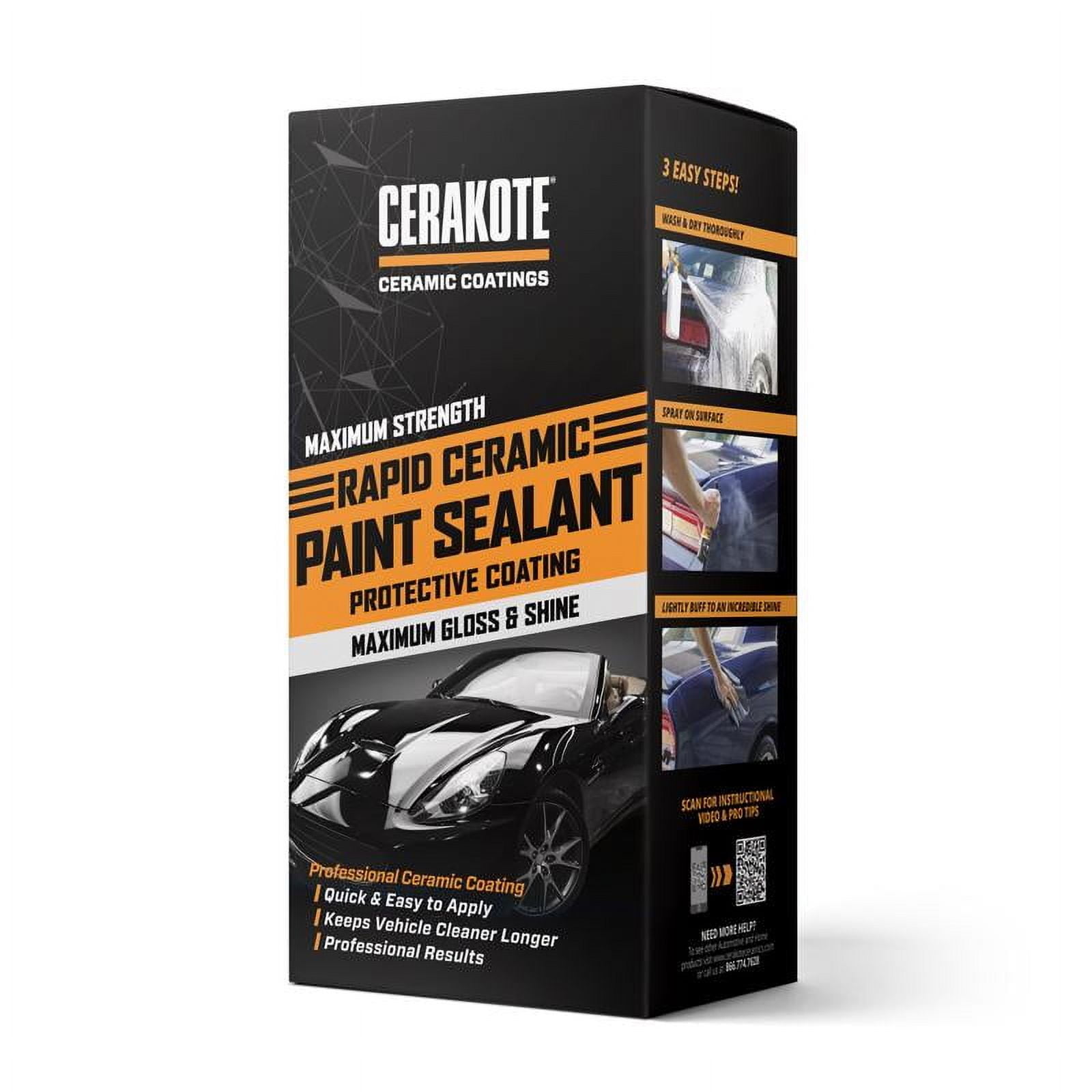Advanced Technology Behind Ceramic Coating Philadelphia for Ultimate Protection
Advanced Technology Behind Ceramic Coating Philadelphia for Ultimate Protection
Blog Article
Why Ceramic Finishing Is the Ultimate Solution for a Perfect Finish
Ceramic finishing has emerged as a leading remedy for those seeking a flawless surface for their automobiles, many thanks to its exceptional toughness and protective attributes. What aspects absolutely established ceramic coating apart?
What Is Ceramic Finishing?

When used properly, ceramic layer develops a hydrophobic surface area that repels water and dirt, making it simpler to keep and clean up. Unlike standard waxes or sealants, which commonly provide short-term security, ceramic layers can last for a number of years, relying on the item high quality and application technique. The procedure of applying ceramic coating needs precise prep work, including extensive cleaning and often paint correction, to ensure optimum bonding and effectiveness.
Ceramic layers are not restricted to vehicle surface areas; they can additionally be utilized on various materials, including glass, metal, and plastics, giving a functional remedy for boosting defense. On the whole, ceramic layer stands for a substantial improvement in surface area defense modern technology, combining both useful and visual advantages for a vast array of applications.
Advantages of Ceramic Coating
While numerous surface security choices exist, the advantages of ceramic finish stand out due to its one-of-a-kind homes and long-lasting performance. Among the primary advantages is its exceptional sturdiness. Ceramic Coating Philadelphia. Unlike conventional wax or sealers that require frequent reapplication, ceramic coatings offer a durable layer that can last for a number of years, considerably reducing maintenance initiatives
Another significant benefit is improved defense against ecological contaminants. Ceramic finishes develop a hydrophobic surface that pushes back water, dirt, and various toxins, making it much easier to clean up. This feature not only preserves the vehicle's appearance yet likewise lessens the danger of deterioration and oxidation, especially in extreme weather.
In addition, ceramic finishings use remarkable resistance to UV rays, avoiding fading and destruction of paint over time. This UV security is important for keeping the aesthetic value of surfaces and vehicles exposed to direct sunshine.
In addition, the glossy surface attained with ceramic coating improves the general aesthetic allure, giving surface areas a showroom-quality sparkle. In general, ceramic finishes represent a significant innovation in surface area protection technology, offering long-lasting advantages that provide to both useful and aesthetic requirements.
Just How It Works
Comprehending the science behind ceramic finishes discloses just how they offer such amazing security and durability. At its core, a ceramic covering is a liquid polymer that chemically bonds with the lorry's manufacturing facility paint. This bonding produces a protective layer that is both oleophobic and hydrophobic, repelling water, dirt, and oil. The primary component of most ceramic layers is silicon dioxide (SiO2), which is acquired from quartz. This compound contributes to the coating's firmness and resistance to scratches, UV rays, and ecological pollutants.
The application procedure entails several steps, consisting of surface preparation, which is crucial to attaining optimal bond. Once used, the finish undertakes a treating process, during which it hardens and forms a semi-permanent bond with the paint surface. This bond is what distinguishes ceramic coverings from traditional waxes and sealers, providing a longer-lasting safety obstacle that can withstand for several years.
Furthermore, the density of the finishing can boost its protective top qualities, ensuring that it can withstand extreme problems. Eventually, the scientific research of ceramic finishings incorporates sophisticated products with cutting-edge application techniques to provide an exceptional degree of protection and aesthetic continue reading this improvement for vehicles.
Comparison With Traditional Approaches
When contrasted to traditional paint protection techniques such as sealants and waxes,The benefits of ceramic finishings become especially noticeable. While waxes use a temporary luster, typically lasting a couple of weeks to a content pair of months, ceramic finishes give a durable safety layer that can endure for a number of years. This resilience dramatically lowers the frequency of reapplication, making ceramic finishings an extra economical option gradually.
Furthermore, conventional techniques frequently require comprehensive prep work and numerous applications to accomplish an adequate level of defense. On the other hand, ceramic finishes bond at a molecular level with the lorry's surface, developing a robust guard against ecological impurities like UV rays, acid rain, and road salts. This bond boosts the lorry's resistance to scrapes and swirl marks, which prevail with conventional waxes and sealers.
Furthermore, the hydrophobic homes of ceramic coverings fend off water and dust, bring about simpler cleaning and upkeep. On the other hand, wax and sealant-treated surfaces can bring in gunk, necessitating even more frequent cleaning - Ceramic Coating Philadelphia. Generally, ceramic finishes not only offer premium defense but additionally supply a more long-lasting and visually attractive finish, establishing them as the favored selection for discerning vehicle owners
Application and Upkeep Tips

Making use of a foam applicator, apply the coating in small areas, following the supplier's standards pertaining to thickness and overlap. Permit sufficient healing time between layers, usually 24 hours, to ensure appropriate bonding. After application, it is essential to stay clear of direct exposure to water or navigate to these guys harsh components for a minimum of a week to allow the finish to completely cure.
Additionally, utilizing a ceramic maintenance spray can improve the layer's hydrophobic residential or commercial properties and durability. Routine examinations for any type of indications of wear will certainly help preserve the covering's honesty and protect that pristine coating.
Final Thought
In conclusion, ceramic layer emerges as a remarkable option for achieving a perfect automotive finish. By creating a durable bond with factory paint, ceramic finish properly shields against scrapes, UV rays, and environmental contaminants.

Report this page